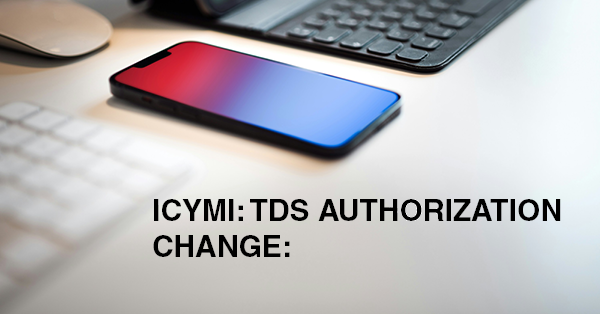IDENTITY THEFT SCAMS CONTINUE:

Tax professionals are prime targets of criminal syndicates that are both tech- and tax-savvy. These scammers either trick or hack their way into tax professionals' computer systems to access client data. Even when tax pros think they have client data stored in a secure platform, such as the cloud, lack of strong authentication can make this information vulnerable.
Identity thieves use stolen data to file fraudulent tax returns that make it more difficult for the IRS and the states to detect because the fraudulent returns use real financial information. Other data thieves sell the basic tax preparer or taxpayer information on the web so other fraudsters can try filing fraudulent tax returns.
Phishing, Spear phishing and Whaling. These aren't summer activities; these are real cyber schemes that put sensitive information at risk. Tax pros are a common, everyday target of phishing scams designed to trick the recipient into disclosing personal information such as passwords, bank account numbers, credit card numbers or Social Security numbers. Tax professionals, and taxpayers, should be aware of different phishing terms and what the scams might look like.
The Security Summit kick-off News Release included a term that I had not heard of – “Whaling”. I am sharing this in case some of you have not heard the term.
- Whaling is a type of phishing attack that specifically targets people in senior or managerial roles within a business. Whaling emails are disguised as official, legitimate messages from a trusted source, and contain personal details or references to convince the recipient that it is urgent and authentic. Whaling emails aim to trick the target into sharing confidential information or accessing sensitive areas of the network.
All tax professionals are encouraged to be diligent and know how to recognize the signs of identity theft:
- multiple clients suddenly receiving suspicious IRS letters requesting confirmation that they filed a tax return;
- tax professionals seeing e-file acknowledgements for far more tax returns than they filed; and
- tax pros' computer cursors moving seemingly on their own.




